Cocoa prices have experienced significant volatility, benefitting various players in the industry unevenly. Initially soaring to over $10,000 a tonne in March due to adverse weather and disease affecting West African plantations, prices have since retreated but remain triple last year's levels.
In Ivory Coast and Ghana, the world's largest cocoa producers, fixed prices set in October for the upcoming season limit the immediate benefits to small-scale growers, who often struggle to make ends meet. Despite a 50% increase in April's intermediate crop price, it pales in comparison to what could be earned on international exchanges. In less regulated markets like Cameroon, Nigeria, Ecuador, and Brazil, farmers could capitalize more directly on higher prices.
Major processors like Barry Callebaut and Cargill, who convert beans into butter, liquor, or powder, face challenges despite forward contracts due to unmet obligations and high costs in securing urgent supplies. Smaller intermediaries and smugglers have also navigated these price swings, sometimes exploiting regulatory gaps or geographic arbitrage opportunities.
Investment funds speculating on continued supply shortfalls initially profited but withdrew as market volatility intensified. Trading houses and chocolate manufacturers hedged against price reversals but faced increasing financial exposure as cocoa prices surged unexpectedly.
While major chocolate makers like Nestle anticipate minimal immediate impact on consumer prices due to forward contracts, long-term cost pressures may necessitate adjustments like recipe changes or portion reductions. Artisanal chocolate producers, while shielded by higher profit margins, face similar decisions amid rising cocoa costs.
Overall, the cocoa market's recent turbulence underscores the complex interplay between global supply chains, financial speculation, regulatory frameworks, and consumer dynamics in shaping industry outcomes.



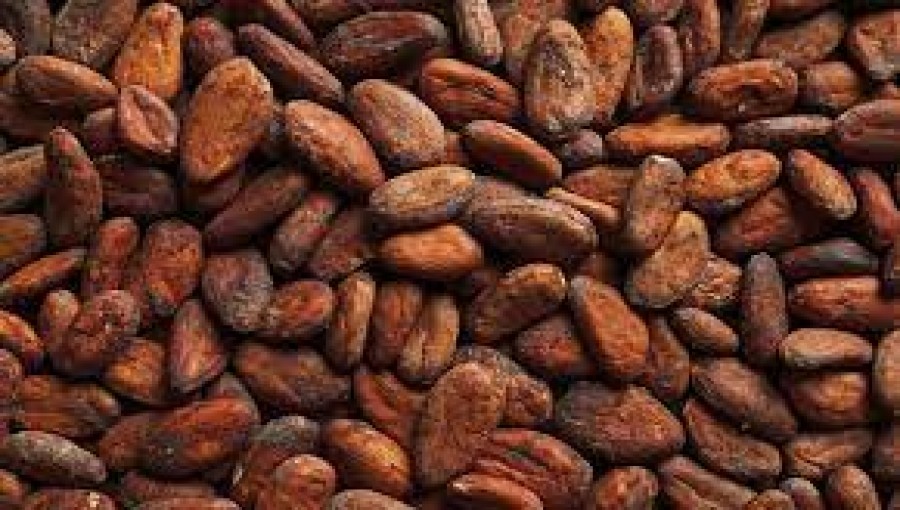

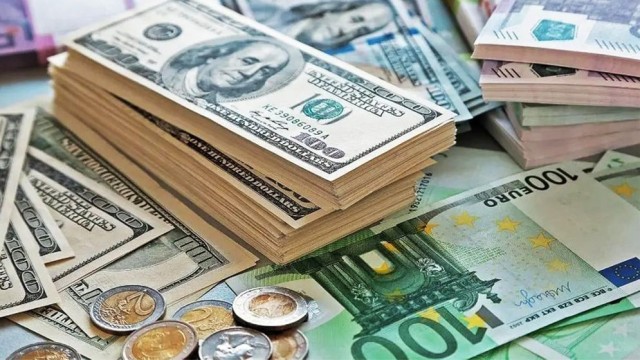





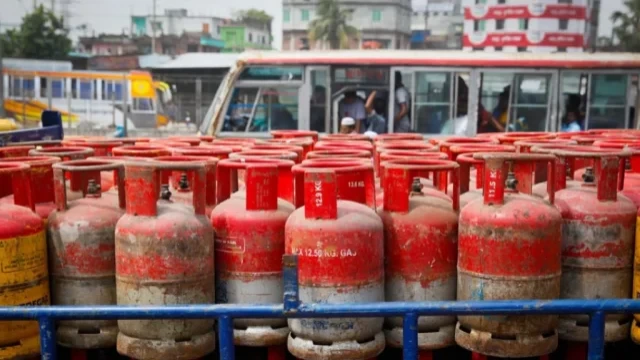
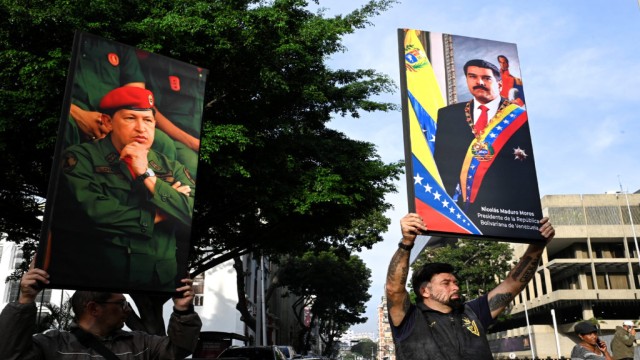









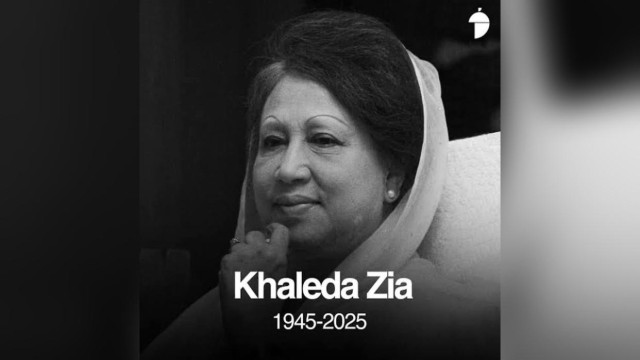








Comment: